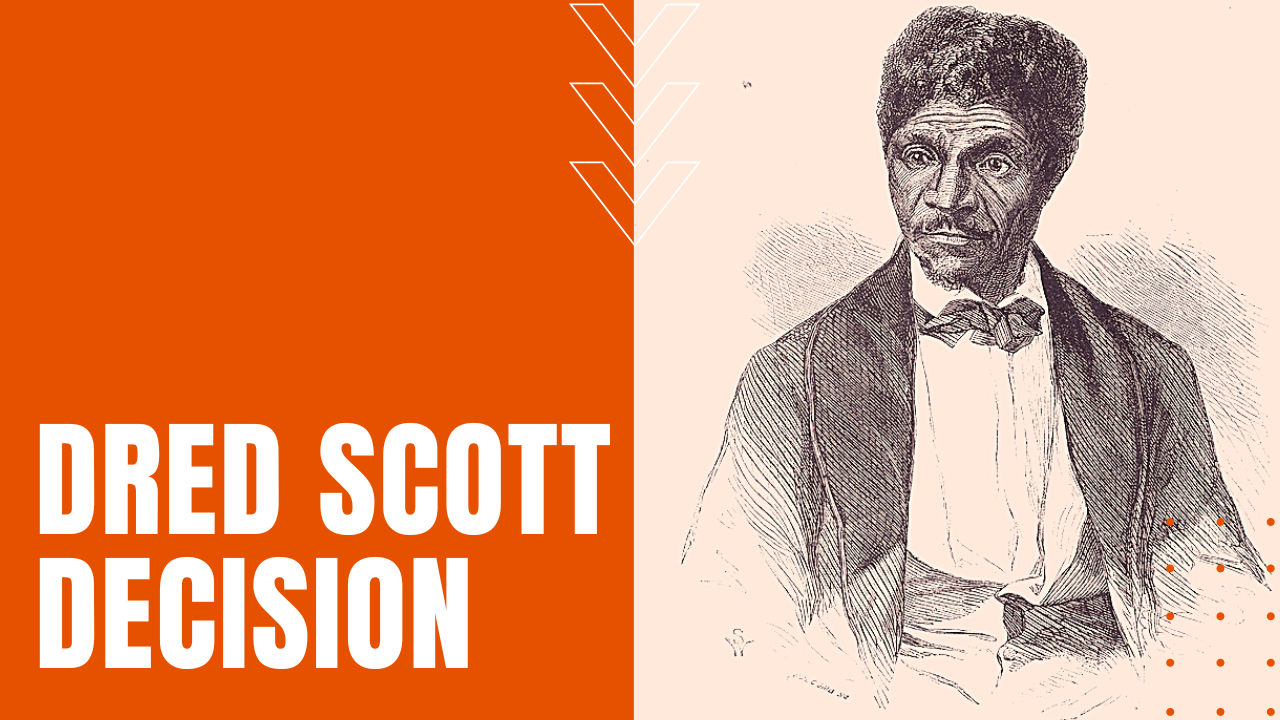Dred Scott Decision

Who Was Dred Scott?
After Dred Scott was moved from slave-owning Missouri to Illinois and the Wisconsin Territory where slavery was illegal, when Scott was brought back to Missouri, he brought suit in a Missouri court for his freedom, under the belief that a move to a free state or territory automatically made him a free man.
After losing in Missouri, Dred Scott sued yet again in a U.S. federal court, which in turn ruled against him, forcing Scott to appeal to the U.S. Supreme Court.
Supreme Court’s Dred Scott Decision
When the Supreme Court issued its ruling in March of 1857—just four years before the start of the Civil War—the court ruled that people of African descent, whether free or enslaved:
“are not included, and were not intended to be included, under the word ‘citizens’ in the Constitution, and can therefore claim none of the rights and privileges which that instrument provides for and secures to citizens of the United States.”
Dred Scott Decision
The Divide Over Dred Scott
Although Chief Justice Roger Taney and the majority of justices expected their decision to permanently settle America’s increasing divide over the issue of slavery, the court’s ruling had the opposite effect, further inflaming the debate over slavery, which would ultimately lead to the American Civil War.
Following the North’s victory in 1865, the Supreme Court’s Dred Scott Decision was nullified by the abolition of slavery after the passage of the Thirteenth Amendment to the Constitution, followed by the Fourteenth Amendment, which guaranteed citizenship to “all persons born or naturalized in the United States.”
For its overly-racist and quite crucial role in igniting Civil War in America, the Supreme Court’s Dred Scott Decision, according to legal scholar Bernard Schwartz, “stands first in any list of the worst Supreme Court decisions,” while Chief Justice Charles Evans Hughs called it the Court’s “greatest self-inflicted wound,” making the Dred Scott Decision, yet another stain on a nation’s long embrace of slavery.
